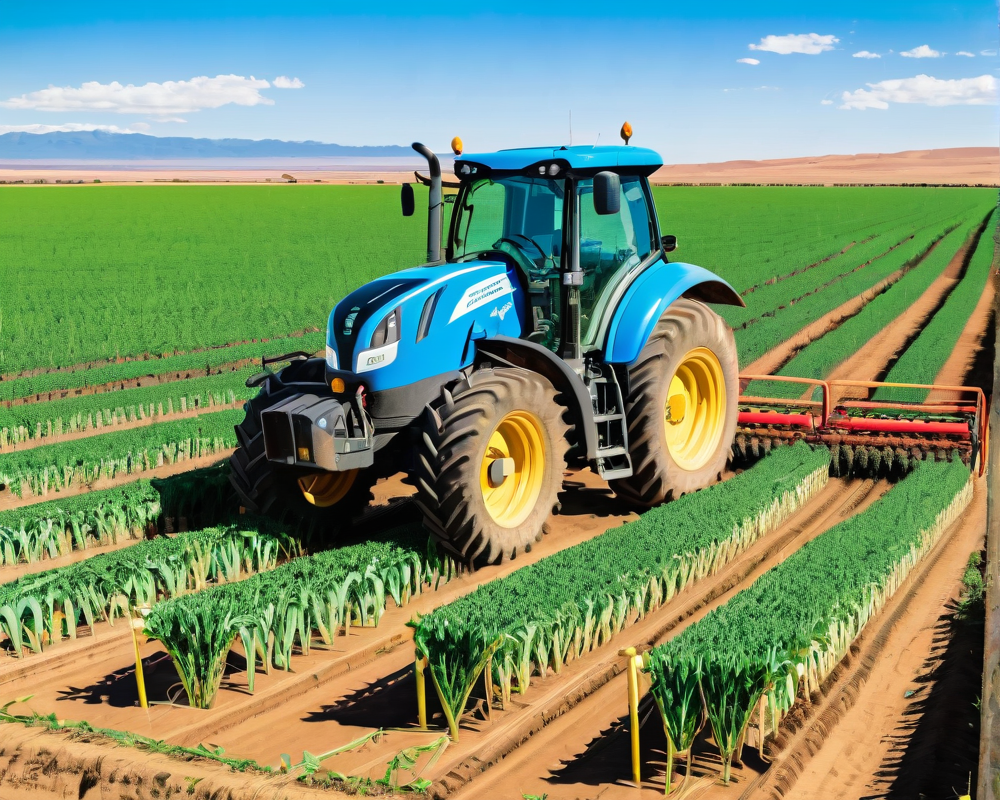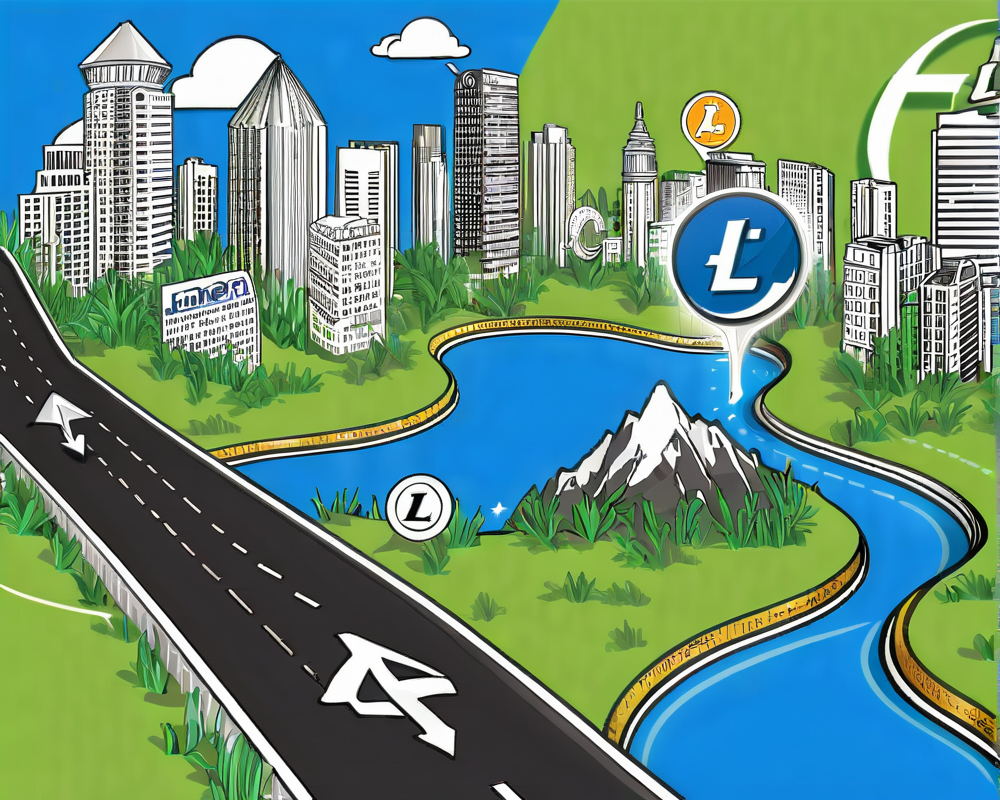Argentina’s Economic Crisis and Agricultural Sector
Argentina’s economy is akin to a piñata, bursting at the seams with problems, and the COVID-19 pandemic only swung that bat harder. As inflation rages and the peso performs a freefall worthy of a circus act, it’s the agricultural sector that finds itself at the epicenter of the turmoil.
Farmers Push Back Against Export Restrictions
In a dramatic flair, farmers have banded together, launching strikes and protests in response to government measures. Earlier this month, President Alberto Fernandez’s decision to suspend corn exports met fierce resistance from national producers. They argue that this move is like putting duct tape on a leaky dam – it’s not solving the root issue but merely delaying the inevitable. After all, agriculture isn’t just a pastime in Argentina; it constitutes a whopping 60% of national exports and around 10% of the GDP!
The Ripple Effect of Labor Unrest
Labor unrest isn’t a new chapter in Argentina’s agricultural narrative. Recall the strikes in the oilseed and soy sectors back in December 2020; it’s as if the farmers said, “Oh, here we go again!” As tensions rise, one can’t help but wonder how long before the precarious balance of the economy crumbles under the weight of discontent.
The Arrival of Tech-Savvy Solutions
With the nation’s finances in the doldrums, a group of tech enthusiasts might have found a beacon of hope: CoreLedger and Abakus. These innovators are planning to introduce a peer-to-peer, blockchain-based marketplace, aiming to launch a digital barter economy. Yes, you heard it right! By tokenizing agricultural assets, the goal is to not only shield farmers from inflation but also offer them liquidity both locally and globally.
The Token Revolution: How It Works
Imagine a marketplace where farmers can swap tokenized agricultural titles for other digital assets! It’s like a farmer’s dream version of a yard sale without the awkward small talk. Abakus CEO Martin Furst claims this system grants “greater agency to farmers.” Meanwhile, Johannes Schweifer from CoreLedger suggests that for farmers, these agricultural-backed tokens could act as a safety net in troubled waters, equating to stablecoins backed by the physical goods clinging to the fields.
Inflation and the Path Forward
With consumer prices soaring by 3.8% in October 2020, farmers might be more than willing to embrace this digital lifeline. They are facing a unique dilemma — navigate harsh realities while seeking sensible solutions. As negotiations with the International Monetary Fund go awry, the prospects for these crypto-crop ties could become increasingly attractive.
The Cryptocurrency Landscape in Argentina
Interestingly, the crypto space isn’t sitting on the sidelines amid this chaos. Brazil’s largest Bitcoin exchange, Mercado Bitcoin, is setting its sights on expanding throughout Latin America, including Argentina. According to data from Useful Tulips, Argentina ranks seventh in peer-to-peer Bitcoin trade volume within the region—proof that when the going gets tough, the tough get trading! Now, let’s all just hope they don’t come up with cryptocurrency to barter crops like the old school trade of chickens and eggs.
Conclusion: Is Blockchain the Future?
As farmers in Argentina face the brunt of a tumultuous economy, blockchain technology could offer the innovative solutions they desperately need. It may not be a magic bullet, but who says a tech-driven approach can’t lead to resilience and renewal? If cash is king and the peso is sinking, perhaps digital solutions like these can rise to the occasion. After all, in tumultuous times, it helps to think outside the corn husk!




